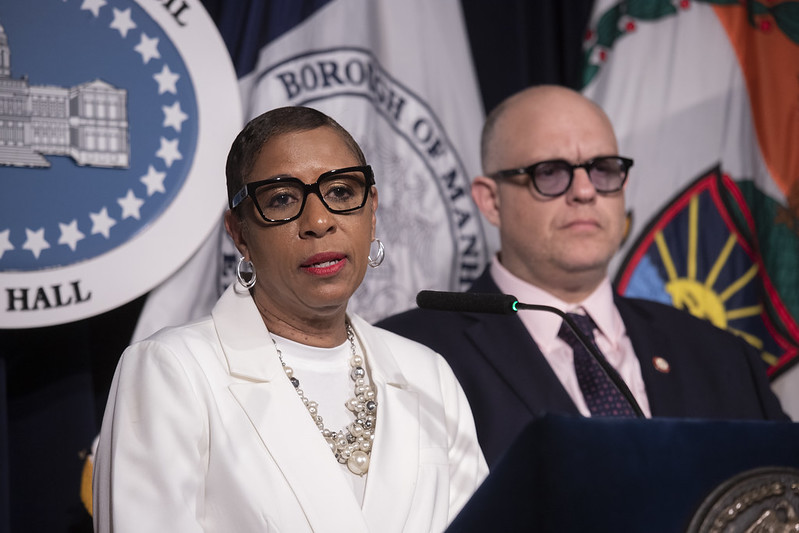(Reuters) – With mining responsible for 4-7% of greenhouse gas (GHG) emissions globally, the sector is under pressure from environmental activists and shareholders and faces the possible withdrawal of financing and insurance for mines viewed as contributing to climate change.
Glencore plans to become a net-zero emission company by 2050, including emissions from the use of the products it sells.
Rivals such as Anglo American, BHP, Rio Tinto and Vale SA have set similar GHG reduction targets.
However, such plans are difficult to compare, due to a varied mix of commodities produced and the challenge to track customers’ emissions.
Direct emissions from miners representing 60% of total gold mine supply accounted for 0.2% of total global carbon emissions in 2019, but more action is required if the gold industry is to meet the most ambitious targets in the Paris climate accord, consultancy Wood Mackenzie said.
The table below shows details by company (in alphabetical order):
Targets Scope 1,2 emissions Scope 3 Community Risk Mgmt
Human Rights Governance
Anglo Reduce GHG emissions by Exit from Targets on No fatality target
American 30% by 2030 vs 2016 and thermal coal to education, from 2 in 2020.
achieve net zero by 2040; help reduce health and Part of payouts of
Reduce the abstraction of Scope 3 by job creation annual bonus and
freshwater in water c.25%. aligned with LTIP (long-term
scarce regions by 50% by UN incentives
2030 vs 2016; Sustainable plan)depend on ESG
Development and SHE (safety,
Goals. Human health &
Rights environment)
Spin-off of South Africa approach set measures.
thermal coal ops in 2021. by Social
Way
management
system.
BHP Reduce operational GHG 2030 goal to Will invest Zero fatality
emissions by at support 40% at least 1% target (achieved
least 30% by 2030 vs emissions of pre-tax in 2019 and 2020);
2020; reduction profits to Part of CEO
Reach net zero emissions intensity for support UN payouts of annual
by 2050. BHP-chartered Sustainable bonus depends on
shipping. Development ESG measures.
30% emissions Goals;
intensity Regional
reduction in Indigenous
integrated steel People Plans
making, adoption to be
expected post developed by
2030. June 2022.
Glencore Reduce GHG emissions by Same as Scope 1 Targets not No fatality target
40% by 2035 vs 2019 and 2; ex to cause, from 8 in 2020;
levels and achieve net 3rd-party contribute Part of CEO
zero by end of 2050; commodities to incidents payouts of LTIP
Managed depletion of coal bought and sold resulting in (long-term
mines by mid-2040s. via trading arm. severe human incentives
Assess water-related rights plan)depends on
risks of all managed impacts. ESG performance.
operations located in
water-stressed regions
by 2023.
Newmont 32% reduction of combined 30% reduction of Adheres to ESG metrics of
emissions by 2030; net emissions by the UN safety and
zero carbon emissions by 2030. Guiding sustainability
2050. Principles represent 30% of
on Business the target bonus
and Human opportunity for
Rights named executive
Reporting officers.
Framework.
Rio Tinto Reduce absolute emissions Reduce Aims to Zero fatality
by 15% and emissions steelmaking capture and target (achieved
intensity by 30% by 2030 carbon intensity manage in 2020 and 2019);
vs 2018; by 30% from 2030 community 15% of executives’
Reach net zero emissions and complaints annual bonuses
across operations by carbon-neutral and reduce linked to ESG
2050.I steelmaking by repeat and metrics.
2050; significant
Reach net-zero ones each
emissions from year;
shipping To provide
products by remediation
2050. when causes
or
contributes
to human
rights harm.
Vale Reduce GHG emissions by Reduce 15% net Committed to Targets no
33% by 2030 vs 2017 and emissions by remedying high-potential
achieve carbon neutrality 2035. adverse injuries by 2025;
by 2050. impacts on Linked 2030 Scope
human rights 1 and 2 targets to
that it has variable pay of
caused or all employees.
contributed
to.
NOTE: 1) Scope 1 refers to emissions from a company’s direct operations, such as emissions from fuel consumed by haul trucks at mine sites.
2) Scope 2 are emissions from the power a company uses for its operations, such as gas-powered electricity bought from the grid and used at mine sites.
3) Scope 3 includes emissions from customers using products sold by a mining company, such as coal burned at power stations, or processing iron ore to steel.
(Compiled by Clara Denina, Melanie Burton, Jeff Lewis, Marta Nogueira; editing by David Evans)



















